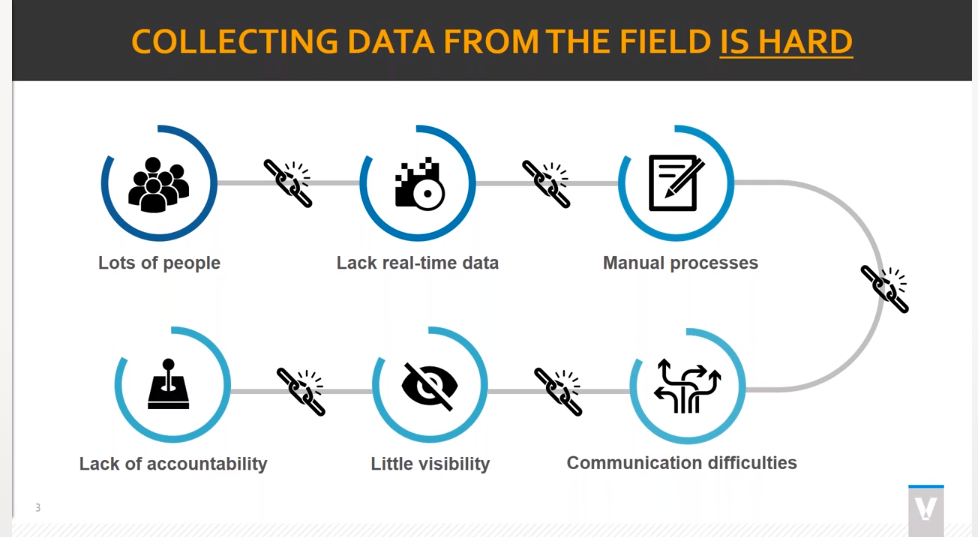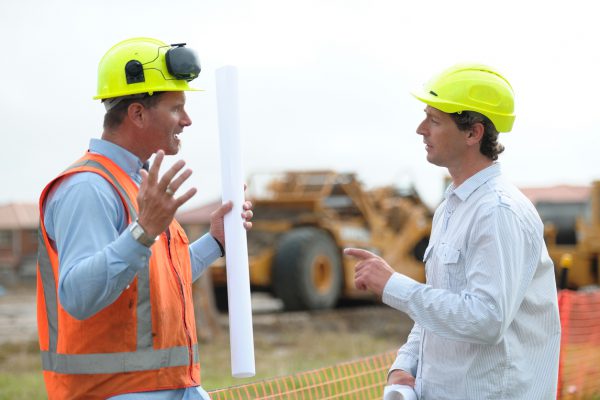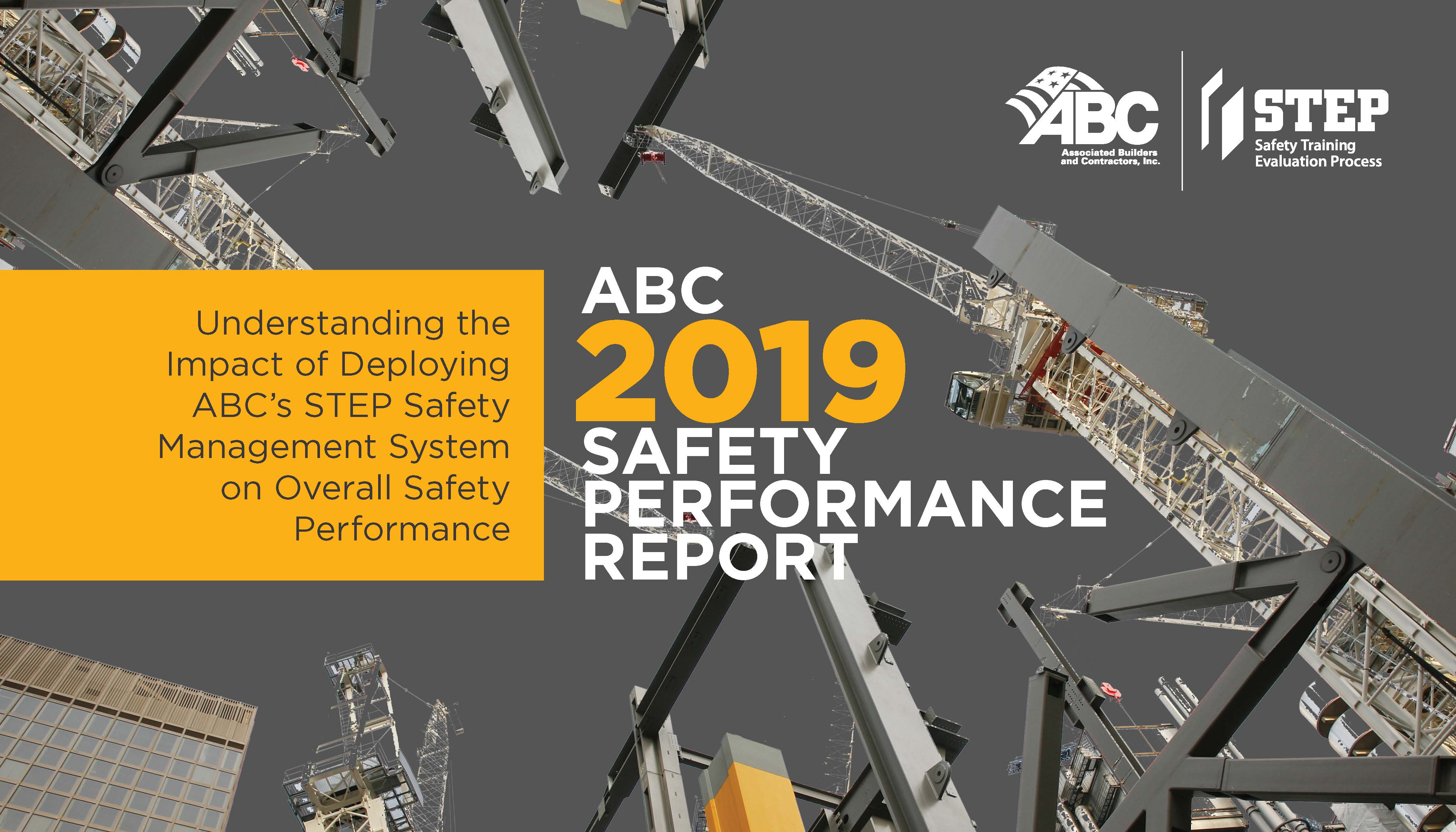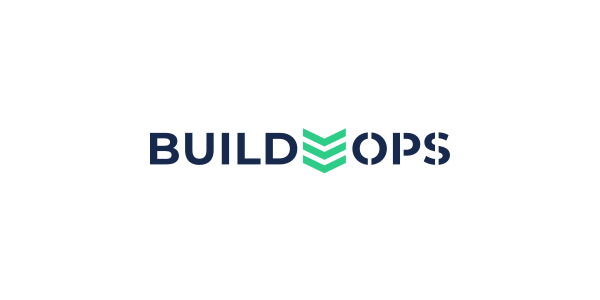Streamlining Construction Submittals
Article written by Andy Holtmann and appears on the Viewpoint blog
 Submittals are one of the most vital parts of the processes and workflows around construction projects. The submittal process assures owners that their plans and specs are clearly understood by both contractors and subcontractors building the project. This process ensures both quality control and contractual compliance per the plans and specifications.
Submittals are one of the most vital parts of the processes and workflows around construction projects. The submittal process assures owners that their plans and specs are clearly understood by both contractors and subcontractors building the project. This process ensures both quality control and contractual compliance per the plans and specifications.
A typical construction project, though, can feature hundreds, if not thousands of submittals and workflows around them. Delays in processing or last-minute submittals can lead to problems — including requests for information (RFIs) and change orders — which can cause significant project delays, impacting both productivity and deliverability.
Contractors have long sought for ways to improve their submittal processes to streamline their projects’ productivity and mitigate risk of errors due to late or incomplete information.
Stuck in the Manual Process Mud
Making matters worse, many contractors are still relying on manual approaches to submittals.


 Construction projects today produce a mountain of data. From job costs to materials quantities to equipment usage to labor and production stats, data drives how successful a project will be. The most successful projects — and contractors — are able to accurately collect all available data and analytically dig deep into it to better understand projects. But that’s easier said than done.
Construction projects today produce a mountain of data. From job costs to materials quantities to equipment usage to labor and production stats, data drives how successful a project will be. The most successful projects — and contractors — are able to accurately collect all available data and analytically dig deep into it to better understand projects. But that’s easier said than done.


















